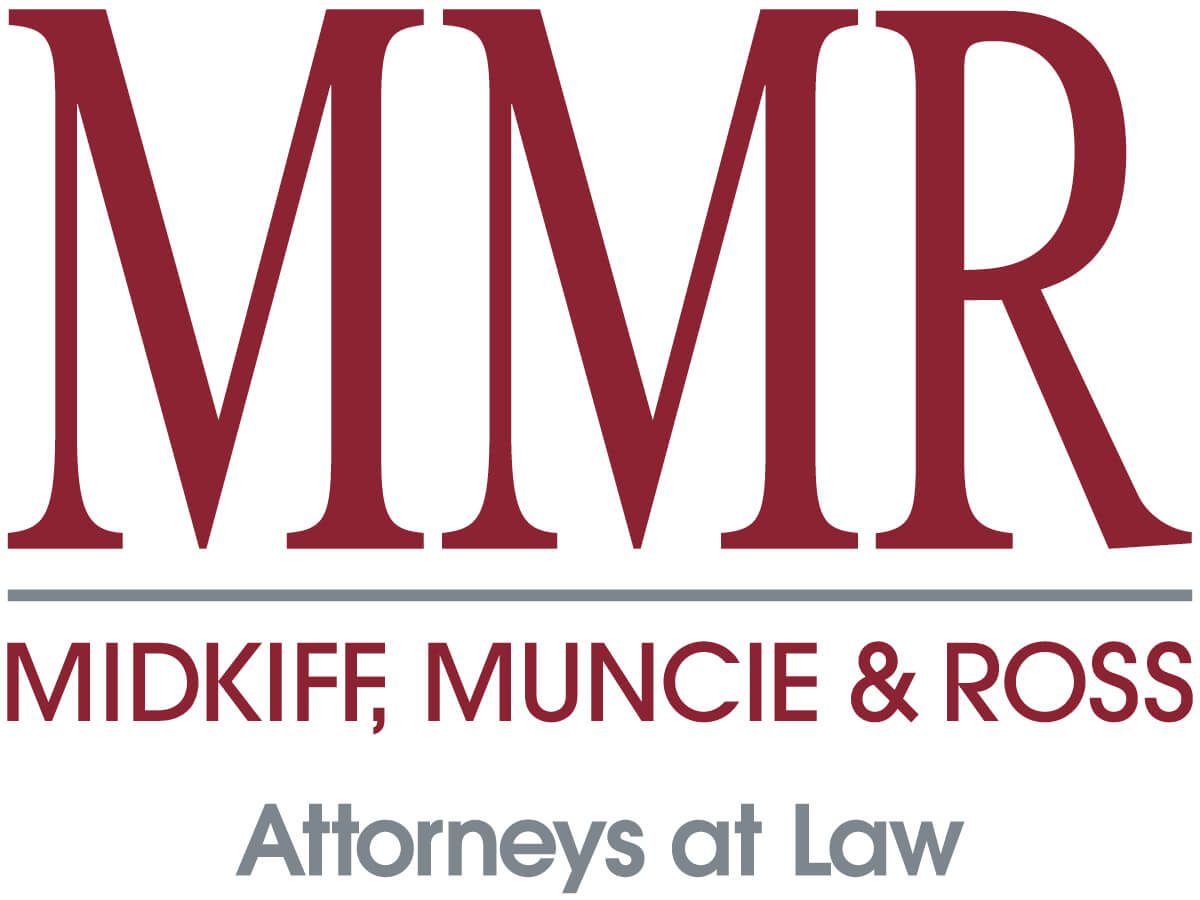Virginia Court of Appeals Renders Important Opinion on the “Street Risk Doctrine”
In a recent unpublished Opinion, the Virginia Court of Appeals confirmed that an employee traveling on the roadway must present evidence of a “causal connection between [an] injury and the condition under which the employer requires the work to be performed” in order to establish a compensable injury. Hazelwood v. Via Satellite, Inc., No. 0389-21-2, 2021 Va. App. LEXIS 176 (Ct. App. Oct. 5, 2021). This case is a favorable Opinion for employers whose employees travel as a requirement of the job.
Jacob Hazelwood left his residence in a company van to travel to a customer’s house to perform work for Via. While driving around a curve, Hazelwood’s vehicle crossed the center line and struck a tractor trailer in a head-on collision. Hazelwood died from his injuries seven months later and his estate and statutory dependents made claims for workers’ compensation benefits.
For an injury to be compensable, the claimant must prove by a preponderance of evidence that the injury arose out of the employment. Under Virginia law, the “actual risk” test excludes injuries that come from a hazard to which the employee would have been equally exposed apart from the employment. For an injury occurring while an employee is traveling on a public highway, the employee must prove both that the employment required him to be on the street and that the injury arose from an actual risk of that presence upon that street.
Under the actual risk test, facts must exist to explain how the accident occurred. Without an explanation, the claimant cannot prove that the injury arose from an actual risk of his presence on the street. The estate attempted to show that the vehicle’s speed caused the accident. The GPS device in the vehicle indicated that Hazelwood was traveling the posted speed limit of 55 mph approximately 90 seconds before the accident occurred. Experts testified that the recommended safe speed for the curve was 35-42 mph; however, Defendant’s expert testified that a vehicle was unlikely to spin out or lose control unless it exceeded 79 mph. The street did not have signs recommending that drivers reduce their speed in the curve. Additional testimony indicated that Hazelwood had a reputation for safe driving, comparing his driving to that of a “grandma.”
Under these facts, the Commission held that the claimant’s estate had failed to establish why the accident occurred. Specifically, despite the estate’s contention, there was no evidence to establish that Hazelwood’s speed caused the accident. On appeal, the estate asked the Court of Appeals to hold that they had proven that speed caused the accident, and that speed, curve, and lack of signage combined created a risk of Hazelwood’s presence upon that street.
The Court of Appeals, however, refused to overturn the decision. There was no direct evidence as to what caused Hazelwood to cross the center line. The Commission, as the finder of fact, was entitled to give little weight to the claimant’s expert opinion that the recommended safe speed was 35 mph. Moreover, the lack of signage to warn drivers to reduce their speed below the posted speed limit was not evidence that Hazelwood was driving at an unsafe speed or that traveling at the posted speed limit caused him to cross over the center line. Hazelwood had driven that curve at least ten times in the prior four months, per the vehicle GPS, so the Court surmised that he was familiar with safely navigating that portion of the road.
The claimant’s estate argued that the Commission may find an explanation for an accident based on circumstantial evidence. However, the Court of Appeals pointed out that the Commission could not make such a finding when the circumstantial evidence only allows for surmise or conjecture. In this instance, the Court held that the evidence only supported such surmise and conjecture.
This case is a strong indicator that the “actual risk” test remains the law in Virginia, and that the courts are not moving toward a more employer-adverse “positional risk” test. If an employee is injured while traveling, and the cause of the accident or injury is unknown, claimants will have a difficult time meeting their burden of proof.
For more information, please contact any member of our workers’ compensation team.
